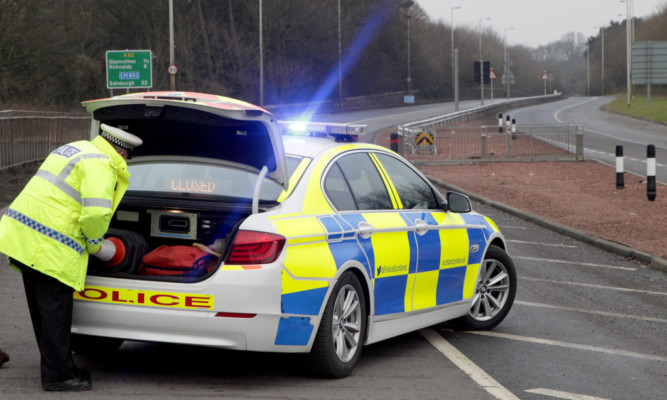Nearly all road crashes in Fife are caused by human error, a report has revealed.
Only 6% of accidents in the region last year were attributed to weather.
The most common cause, contributing to 18% of incidents, was the driver failing to look properly a mistake that claimed four lives.
In 13% of accidents, a motorist failed to judge the other vehicle’s path or speed.
Other causes included carelessness, driving too fast and drink-driving, which accounted for 2.3% of crashes.
All but two of the 12 fatal accidents in Fife last year happened on rural roads, with the majority in north-east Fife.
Fife Council’s Safer Communities Committee last week discussed how to reduce tragedies on the roads.
While speed restrictions and signs had already made roads safer, the committee heard that influencing driver behaviour was mainly the remit of national campaigns.
Road safety lead professional Steve Sellars said although accidents resulting in serious injury were at a record low of 72, more work needed to be done.
He said: “There’s no room for complacency in any of this. We’re talking about people being killed or injured. A number of initiatives are being worked on to try to drive these figures down.”
Mr Sellars said a momentary lapse of concentration is enough to cause a serious crash.
He added: “No-one goes out expecting to have an accident.”
Committee chairwoman Margaret Kennedy responded to a suggestion that car technology could be a contributing factor.
She said: “Technology in a car is a lot more than a mobile phone. Technology in cars, while we as drivers like it because it makes life easier in many ways, can make you lose concentration when using these things.”
Police Scotland Divisional Commander Chief Superintendent Angela McLaren said: “We have had massive success in terms of driving down casualties, but we are at the point where we are wondering what else we can do.
“Maybe we need to look at what is changing, at things like increased technology in cars, and look at how we can respond to that.
“A distraction could be a number of things. It could be a momentary lapse when the kids are shouting or something has happened in the car.”
